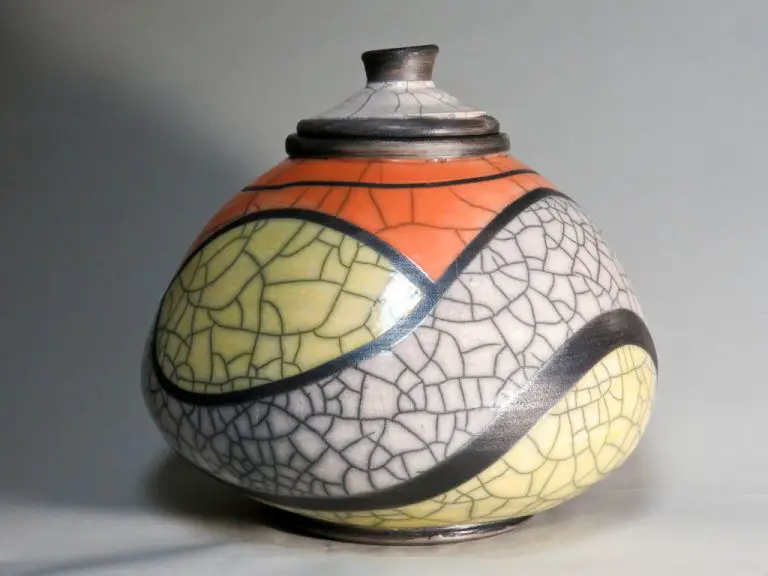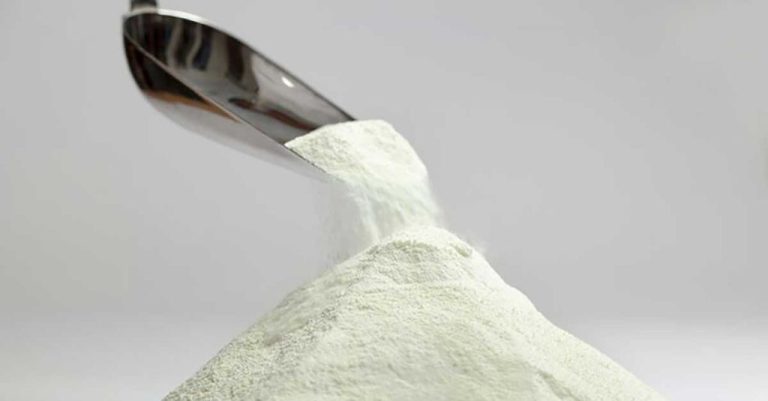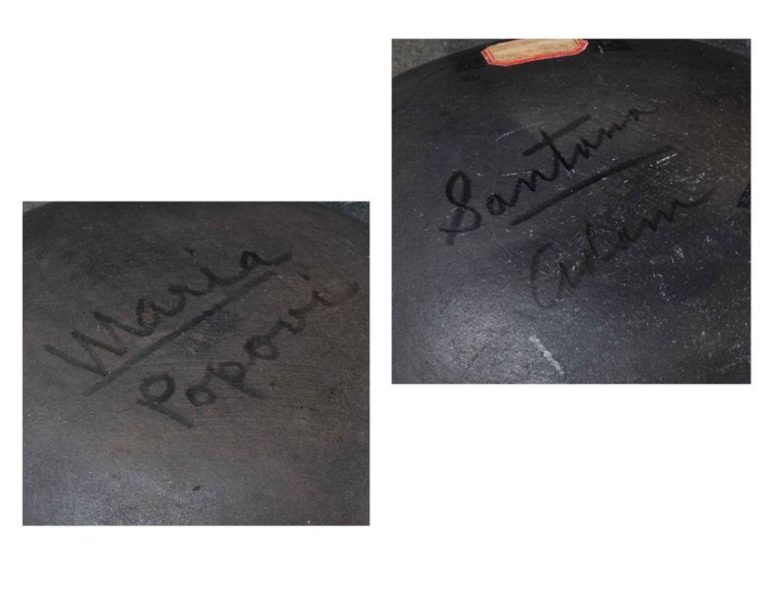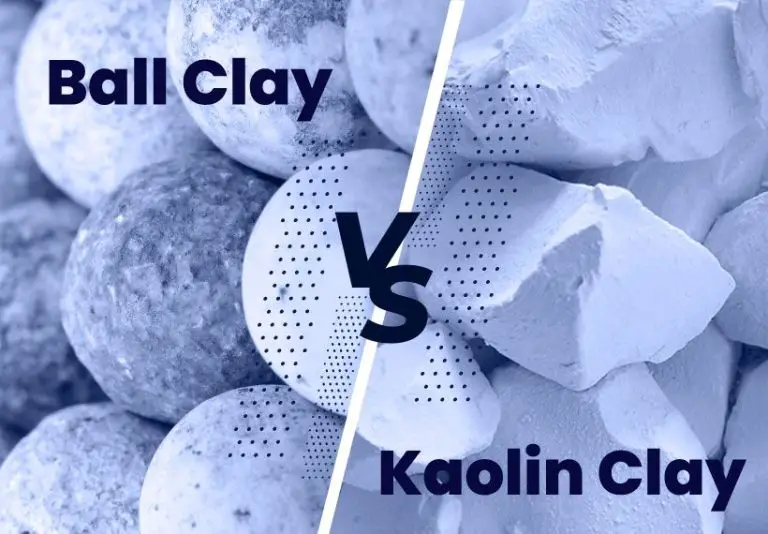What Clay Is Used For Bjd Dolls?
BJD stands for ball-jointed doll. BJDs are highly customizable dolls made for hobbyists and collectors. The dolls have multiple ball-and-socket joints at neck, shoulders, hips, elbows, knees, ankles, wrists, and occasionally the torso or other areas. This allows for a wide range of posing and customization options compared to traditional dolls.
BJDs originated in Japan in the late 1990s as high-end fashion dolls. They quickly gained popularity internationally as an art form and hobby. Enthusiasts enjoy customizing every aspect of their BJD from the sculpt to wig, eye color, makeup, and outfitting. The dolls are primarily targeted at adult collectors rather than children. The hobby has expanded globally with collectors networking through blogs, forums, conventions and online communities.
Today BJDs are still predominately handcrafted and produced as limited editions or custom one-of-a-kind dolls. Their intricate designs and customizable nature have enabled BJDs to grow as an artisanal craft. High-end BJDs are created by skilled artists and can sell for thousands of dollars each. The community of BJD collectors remains passionate about the dolls as an immersive hobby and creative outlet.
Types of Clay Used for BJD Dolls
The type of clay used to create a BJD doll has a major impact on the final look, feel, and durability. There are several common types of clay used by BJD artists and manufacturers:
Polymer Clay
Polymer clay is one of the most popular choices for making BJD dolls. It is an oil-based modeling clay that can be sculpted and then hardened by baking it in a normal oven. Polymer clay enables very smooth and detailed sculpts. It also comes in a wide variety of colors that allow artists to hand-mix any skin tone. Polymer clay dolls are relatively lightweight.
Resin
Resin is a two-part liquid mixture that hardens into plastic. Resin casting involves sculpting the doll parts out of clay, making molds, and then casting the parts in colored resin. Resin allows for consistency in production, offers durability, and captures very fine details. The curing process produces some heat, so resin is not compatible with certain materials. Resin BJDs tend to be heavier than other materials.
Polyurethane
Polyurethane is a rubber-like material that can be poured into molds and painted once cured. It is an alternative to resin, offering more flexibility and lighter weight. Polyurethane resin enables realistic skin textures. However, it can be prone to discoloration over time when exposed to UV light. Polyurethane dolls are relatively durable.
Vinyl
PVC vinyl is sometimes used, especially by large BJD companies. The vinyl is injected into steel molds under high heat and pressure. This enables mass production but offers less customization. Vinyl is very durable but the texture is less realistic than other materials. The plastic also yellows over time.
Porcelain
Porcelain gives an ultra-realistic look, capturing skin textures perfectly. However, porcelain is fragile, making the dolls unsuitable for play or frequent posing. Porcelain BJDs are primarily collected for display. The material is also less commonly used due to the challenges of casting and firing the clay.
Polymer Clay
Polymer clay is one of the most popular types of modeling clay used for making BJD dolls. Some key properties of polymer clay include:
- Oil-based – Made from PVC particles and plasticizers suspended in oil.
- Oven-bake – Polymer clays require baking at relatively low temperatures (265°F/130°C) to cure and harden.
- Reusable – Leftover bits of polymer clay can be stored and reused.
- Versatile – Can be blended, sculpted, molded, textured, etc. Excellent modeling properties.
- Takes colorants well – Available in many colors and hues, can also be hand-colored.
Popular brands of polymer clay include Sculpey and Fimo. Some benefits of using polymer clay for BJDs:
- Lightweight – Results in a relatively lightweight doll.
- Easy to work with – Very pliable and easy to sculpt detail and textures.
- Takes paint well – Holds acrylics and other model paints nicely for hand-painting.
Some potential drawbacks include:
- Can be brittle over time – Polymer clay can become brittle and prone to cracking as it ages.
- Not as strong/durable as other clays – More delicate and prone to damage compared to porcelain or resin.
- Unique curing method – Requires baking in an oven which not all doll artists have access to.
Overall, polymer clay is a very accessible and versatile material for DIY doll-making and customizing BJDs.
Resin
Two-part pourable resin is another popular material for making BJD dolls. The main pros of resin are:
- Very durable and long lasting.
- Can achieve a high level of detail in the casting.
- Takes on paint and finishes very well.
The main cons compared to polymer clay are:
- Requires making a mold, so it’s more complex.
- The casting process takes longer.
- Can be prone to bubbles if not mixed properly.
- Gives off fumes as it cures.
Overall, resin allows for smooth, durable doll sculpts that capture intricate details. But polymer clay is often preferred for its ease of use and ability to hand sculpt details.
Polyurethane
One of the most popular materials for making BJD doll parts is polyurethane. Polyurethane is prized for its unique combination of flexibility and durability. It has an elastic quality that allows for extensive posing and play without the worry of cracking or breaking that exists with porcelain and resin dolls. Yet polyurethane is also rigid enough to hold its shape well.
Polyurethane is especially common for dolls that represent fantasy creatures like elves, vampires, angels, and fairies. The material allows doll makers to sculpt long graceful ears, wings, horns and other details that would be prone to damage in a more fragile substance. The smooth texture of polyurethane makes it an ideal canvas for painting the elaborate designs these dolls often feature. Vivid eyeshadows, freckles, tattoos, and other artistic touches are easy to apply and blend beautifully on polyurethane.
In summary, polyurethane strikes the perfect balance between flexibility and rigidity for BJD doll making. Its durable yet pliable nature makes it a top choice for dolls meant for active play and posing, especially for elf and fantasy figures. And the smooth surface beautifully accepts myriad paints to make your BJD creation truly come alive.
Vinyl
Vinyl is another type of clay that is sometimes used to create BJD dolls. Vinyl tends to be softer and more flexible than resin. This gives vinyl dolls a unique smooth and glossy finish. However, the softer vinyl material can be prone to staining and discoloration over time, especially if not properly cared for.
The advantage of vinyl is that it allows dollmakers to achieve a greater range of motion and more posable dolls. The joints bend easily without cracking or breaking. Vinyl also feels closer to human skin. The downside is vinyl can lose its shape more easily than harder resins. Dents and wrinkles may form over time. Vinyl requires special care and maintenance.
Overall, vinyl is best for dollmakers wanting a softer, glossier doll that is highly posable. But they must commit to gentle handling and precautions to prevent staining. With proper care though, vinyl BJDs can remain beautiful for years.
Porcelain
Porcelain is one type of clay that can be used to create BJD dolls. Porcelain allows doll artists to achieve a very realistic look for their dolls, with smooth skin and refined facial features. However, porcelain is extremely fragile compared to other clays.
Porcelain must be fired at very high temperatures, usually between 1200°C and 1400°C. This firing process causes the clay to vitrify, hardening it into a non-porous ceramic material. Proper firing is crucial to ensure the porcelain does not crack or break. The firing process also causes the porcelain to contract slightly, so doll artists must account for shrinkage when sculpting the original clay prototype.
While challenging to work with, porcelain can result in stunning BJD dolls that accurately capture the details of human anatomy and skin. The realistic attributes come at the cost of fragility, so these dolls must be handled with extreme care. For those seeking the most lifelike dolls, porcelain is the clay of choice despite the difficulties involved.
Most Popular Choices
When it comes to selecting the type of clay to use for BJD (ball-jointed doll) creation, polymer clay and resin tend to be the most popular options among doll makers and enthusiasts.
Polymer clay is prized for its versatility, ease of use, and wide range of available colors. Polymer clays like Super Sculpey and Fimo are easy to shape and bake to harden. They enable detailed and precise sculpting work. Polymer clay is lightweight and relatively inexpensive, making it an accessible option. It can also hold paints and finishes very well with proper priming and sealing. Many BJD artists like starting with polymer clay for customizing faces, hands, feet, and other detailed parts. The main drawback is polymer clay can be brittle over time.
Two-part resins make up the bodies of many BJD dolls. Epoxy and polyurethane resins allow doll makers to cast customizable and durable doll parts. Resins come as two liquid components that must be precisely mixed and then poured into a mold. The chemical reaction hardens the resin. Resins like polyurethane produce solid, flexible, and lightweight doll parts that are very durable. Smooth cast resin with an evenly distributed pigment also takes paint extremely well. The main limitations are that casting in resin requires more supplies and equipment, tends to be messier, and can take trial and error to master.
Factors to Consider
When choosing the type of clay for your BJD doll, there are several important factors to consider:
Cost
The cost can vary greatly depending on the type of clay. Polymer clay is generally the most affordable option, with resin, polyurethane, and porcelain being more expensive. Vinyl can be on either end of the spectrum.
Durability
Resin and polyurethane clays are extremely durable, while polymer clays are less so. Porcelain is durable but prone to chipping if dropped. Vinyl is flexible but can degrade over time.
Skill Level
Polymer clay is the easiest material for beginners to work with. Resin and polyurethane require more specialized skills. Porcelain is difficult to work with and requires expert skills.
Desired Look
The look of the doll depends on the clay. Polymer clays allow for a wide range of looks through painting. Resin and polyurethane have a uniform, plastic-like look. Porcelain has a smooth ceramic appearance. Vinyl ranges from realistic to stylized.
Conclusion
To summarize, there are several different types of clay that are commonly used to create BJD dolls. The most popular options include polymer clay, resin, polyurethane, and vinyl. Each material has its own unique properties and considerations when used for doll making.
Polymer clay is lightweight, easy to work with, and requires baking to harden. Resin produces a hard, durable doll but requires mixing two parts and curing. Polyurethane can be poured into a mold to create the doll parts. Vinyl is flexible and smooth but requires specialized equipment to produce.
When selecting the clay, factors like workability, durability, weight, texture, and equipment requirements should be taken into account. Cost will also play a role as some materials are more expensive than others. The type of clay used will impact the design, construction process, and final aesthetics of the BJD doll.
With an understanding of the various clay options available, BJD doll makers can choose the material that best suits their needs and creative vision.




